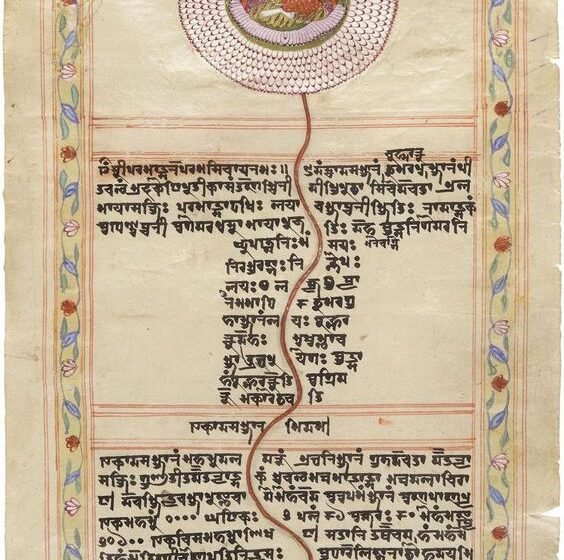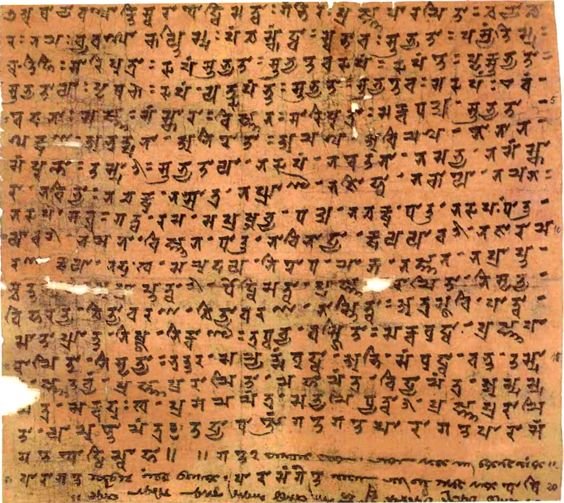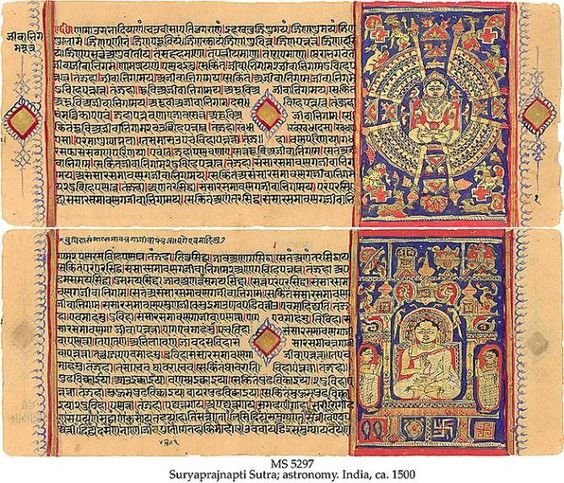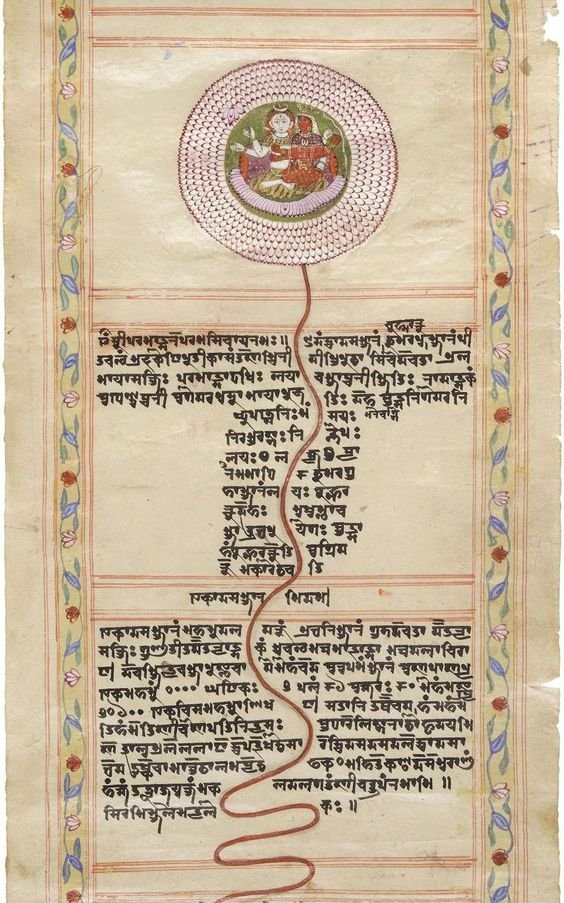Sanskrit 1500 BC -The Significance of Sanskrit Language

Sanskrit is an ancient language that dates back over 3,500 years ago to the Indian subcontinent and continues to be used today, primarily as a liturgical language within Hinduism. It is considered one of the oldest and most revered languages in the world, and it is said to have been used as a language of communication in ancient India. The term “Sanskrit” means “perfected” or “refined,” and its grammar and structure are considered to be one of the most complex and sophisticated in the world. In this blog post, we will explore the beauty and significance of the Sanskrit language and how it has evolved over time.

Origins of Sanskrit (1500 BC – 500 AD):
Sanskrit first appeared during the late Vedic period in India around 1500 BC. During this period, it was mainly used by priests for religious rituals and ceremonies, but it gradually spread throughout society as more people began using it for everyday communication. By 500 AD, it had become one of the most widely spoken languages on the Indian subcontinent and was also being written down with various scripts such as Brahmi and Devanagari.
Development & Expansion (500-1200 AD):
During this period, Sanskrit continued to expand across India due to increased trade between different regions which facilitated cultural exchange. This led to further development of the language including new grammar rules and literature works such as plays, poems, epics etc., all written in classical Sanskrit. Additionally, Buddhism started gaining popularity during this time leading many Buddhist texts being translated into or composed directly in Sanskrit instead of Pali which was previously used by Buddhist scholars.

Modern Usage (1200 – Present):
From 1200 onwards there have been fewer major developments regarding usage or structure. However some regional dialects developed out from Classical/Vedic form of Sanskrit for eg Prakrits, Apabhramsa etc. Today modern forms are still found among certain communities particularly those who practice traditional Hinduism like Brahmins where they continue speaking old versions while other parts adapted local dialects. Furthermore, even though not commonly spoken anymore, it remains important part of literary culture especially when studying religion/philosophy related topics.
The Richness of Sanskrit Vocabulary
Sanskrit is known for its rich vocabulary and intricate grammar, which makes it unique and fascinating. It is a language that is highly inflected, meaning that the meaning of words changes depending on the context and the grammatical structure of the sentence. The language has an extensive vocabulary, with over 100,000 words, and many of these words are still used today. Sanskrit is also known for its compound words, which can be very long and complex, but are also very descriptive. For example, the word “nirantaraparipurnavasanatattvavivekam” means “the discrimination of the truth, which is always complete and perfect, from the continuously changing and imperfect.” These long compound words provide an excellent insight into the ancient Indian culture and the way of life of the people.

Spiritual Significance of Sanskrit
Sanskrit is more than just a language; it is a spiritual language that has a sacred quality. Many of its words are used in Hindu, Buddhist, and Jain religious texts. The language is believed to have a powerful effect on the mind and body, and chanting Sanskrit mantras is said to have a healing effect. The spiritual and philosophical teachings of Sanskrit have influenced many people around the world, and the language continues to be an important part of many spiritual traditions. Its significance can be seen in the fact that many people still learn this language to study ancient Indian philosophy and religion.
Preservation and Revival of Sanskrit
Despite its ancient origins, Sanskrit is still a living language today, and there are many people around the world who continue to study and speak it. There are also efforts to preserve and revitalize the language, with many organizations working to promote the study and use of Sanskrit in modern times. In India, Sanskrit is one of the official languages of the country, and there are many schools and universities that teach the language. The rich cultural and spiritual heritage of Sanskrit continues to inspire people around the world, and its beauty and significance will continue to be celebrated for generations to come.

Current Status of Sanskrit
Today, Sanskrit is considered a living language. It is spoken by over 15,000 people in India, and there are many organizations dedicated to promoting and preserving the language. The language has also gained global popularity with many universities across the world offering courses in Sanskrit. In addition, the internet has played a significant role in promoting the language. There are many websites and blogs dedicated to teaching Sanskrit, and social media platforms have also become a space for Sanskrit enthusiasts to connect and share their love for the language.
Sanskrit in Modern Times
Apart from its spiritual significance, Sanskrit has also played a significant role in contemporary fields like science, technology, and medicine. Many modern scientific terms have been derived from Sanskrit words. For example, the word ‘Yoga’ is a Sanskrit word that has gained global recognition today. It is one of the most popular forms of exercise and meditation worldwide. Furthermore, Ayurveda, an ancient Hindu medical system, has its roots in Sanskrit.

Challenges and the Future of Sanskrit
Despite its popularity, Sanskrit still faces many challenges. One of the primary challenges is the lack of awareness and interest in learning the language. As a result, many of the young Indian population do not speak or understand Sanskrit. Another challenge is the fact that many Sanskrit texts have still not been translated into English, making it difficult for non-Sanskrit speakers to access them. However, there are many initiatives underway to address these challenges. The Indian Government has taken several steps to promote Sanskrit, and many private organizations have also come forward to support the language.
Conclusion
In conclusion, Sanskrit is an ancient language that has stood the test of time. Its rich vocabulary, intricate grammar, and spiritual significance make it a unique and fascinating language. Its grammatical structure and poetic beauty are admired by linguists and scholars worldwide. The language has played a significant role in the development of Indian culture and philosophy and continues to be an important part of spiritual traditions around the world. The challenges faced by Sanskrit are being addressed, and the future of the language looks bright. The preservation and promotion of Sanskrit will ensure that it continues to inspire and enrich people for generations to come. Even if it is no longer a primary means of communication nowadays, its influence can still be felt everywhere, whether via literature/artworks or simply as an appreciation of the rich heritage left behind by our ancestors.


